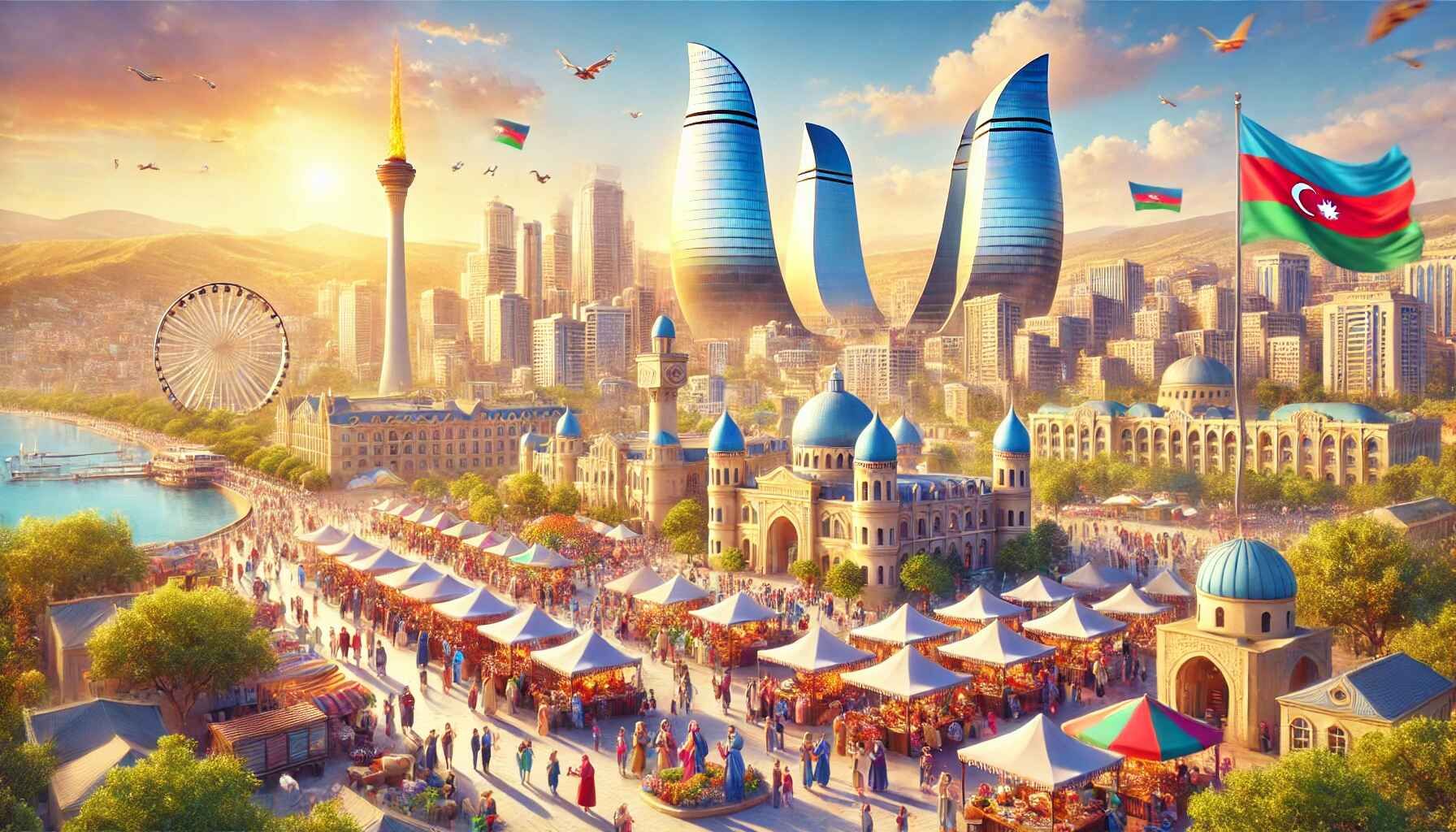Shifting travel trends reshape Azerbaijan’s tourism outlook

Tourism has long stood as a cornerstone of Azerbaijan’s economic diversification strategy, serving both as a vital non-oil revenue source and as a platform to showcase the nation’s cultural, historical, and natural wealth. In recent years, the government has elevated sustainable tourism to the forefront of national development policy — viewing it not merely as an economic sector but as an instrument for regional revitalization, employment generation, and cultural diplomacy.
Yet, recent figures suggest that the sector is undergoing a phase of recalibration amid changing regional dynamics. Between January and September 2025, Azerbaijan hosted 230,650 tourists from Middle Eastern countries, marking a 13.4% decline compared to the same period last year. The largest share of arrivals came from Saudi Arabia with 86,882 visitors, representing an 11.4% decrease, followed by Israel (44,147, +52.5%), and the United Arab Emirates (31,785, -31.9%). Declines were also registered from Kuwait, Oman, and Egypt — countries traditionally among Azerbaijan’s strongest source markets.
The mixed results across the Middle East point to broader trends. Analysts link these fluctuations to evolving travel preferences, currency depreciation in several Gulf states, and shifting airline connectivity patterns. Still, Azerbaijan’s growing visibility in markets such as Israel and Jordan underscores that effective destination branding and targeted marketing campaigns can yield tangible results even amid regional volatility.
A similar trend is visible in European arrivals. During the same period, 167,740 European tourists visited Azerbaijan — a 21.7% year-on-year decrease. Visitor numbers from both Eastern Europe (-21.5%) and Western Europe (-21.8%) declined, with notable drops from traditional source markets such as the United Kingdom, Germany, Italy, and France. Analysts suggest that this downturn mirrors broader post-pandemic travel slowdowns across the region, compounded by economic pressures and competition from Mediterranean destinations offering budget-friendly options.
Despite these short-term contractions, Azerbaijan’s tourism potential remains immense — and the long-term strategic horizon is shifting eastward and inward. Following the 2020 Patriotic War and the liberation of Garabagh and Eastern Zangezur, the government has identified tourism as a pillar of reconstruction and reintegration. Beyond economic diversification, the development of the liberated territories is tied to a deeper national objective: transforming previously isolated regions into vibrant centers of culture, heritage, and sustainable growth.
For decades, the occupation had stifled the economic and touristic vitality of these areas. Destroyed infrastructure, security concerns, and limited accessibility prevented investment and development. Now, with peace restored and reconstruction underway, the state envisions turning Garabagh and its surrounding districts into a new tourism frontier — one that integrates natural beauty, history, and agricultural abundance into a unified model of sustainable regional development.
The State Tourism Agency has already initiated assessments for agrotourism and eco-tourism opportunities across the liberated territories. Officials note that the region’s fertile lands, favorable climate, and diverse cultural heritage create the perfect foundation for rural tourism experiences that connect local production with visitor engagement. Such efforts align with the government’s broader “smart village” and “green energy” programs, aiming to make Garabagh not just a symbol of national revival, but also a model of environmentally responsible growth.
Strategically, Azerbaijan’s integration of the liberated territories into the national economy is reinforced by new transport projects — particularly the Zangezur Corridor — which will enhance regional connectivity and cross-border mobility. As infrastructure expands, the accessibility of new tourist zones will improve, positioning Azerbaijan as a leading travel hub in the South Caucasus and along the Middle Corridor linking Europe and Asia.
In essence, while short-term statistical declines may raise concerns, they do not necessarily indicate a structural weakness. Rather, they reflect a sector in transition — recalibrating to global economic realities while preparing for a long-term expansion rooted in post-conflict development, sustainability, and innovation.
Azerbaijan’s tourism future, therefore, lies not only in attracting more visitors but in building a diversified, resilient, and experience-driven industry that mirrors the country’s broader ambitions as a dynamic and forward-looking economy.
Here we are to serve you with news right now. It does not cost much, but worth your attention.
Choose to support open, independent, quality journalism and subscribe on a monthly basis.
By subscribing to our online newspaper, you can have full digital access to all news, analysis, and much more.
You can also follow AzerNEWS on Twitter @AzerNewsAz or Facebook @AzerNewsNewspaper
Thank you!

